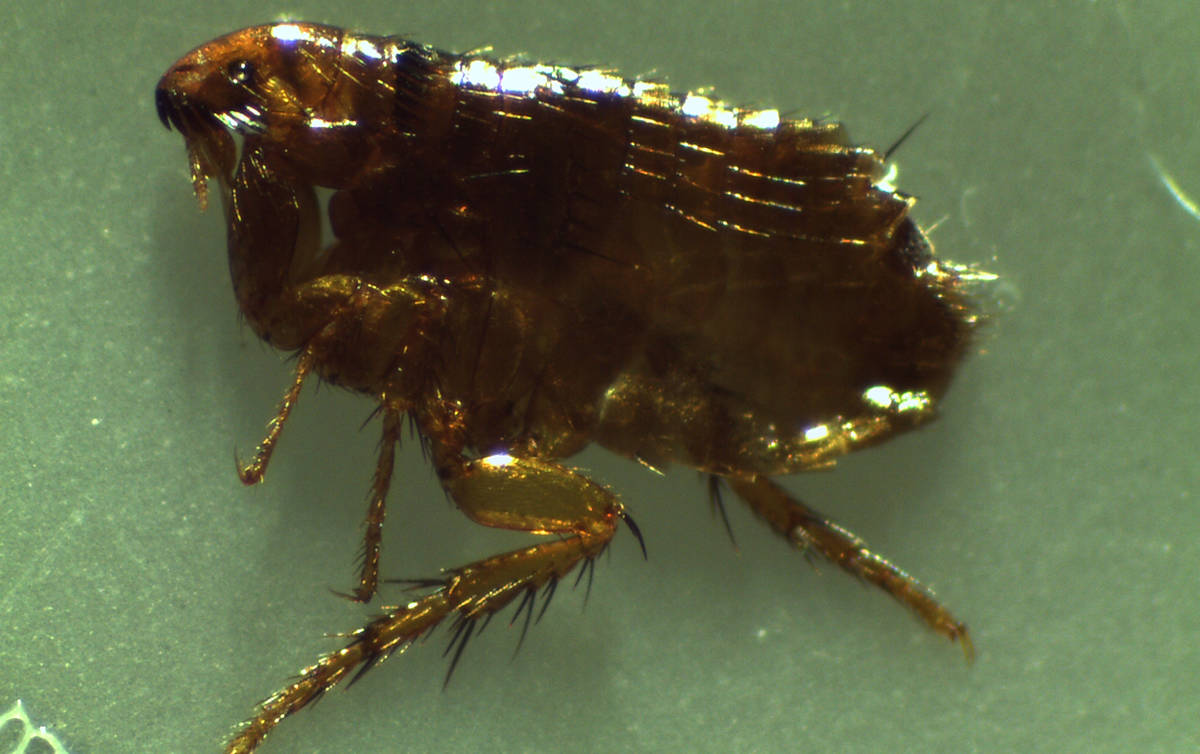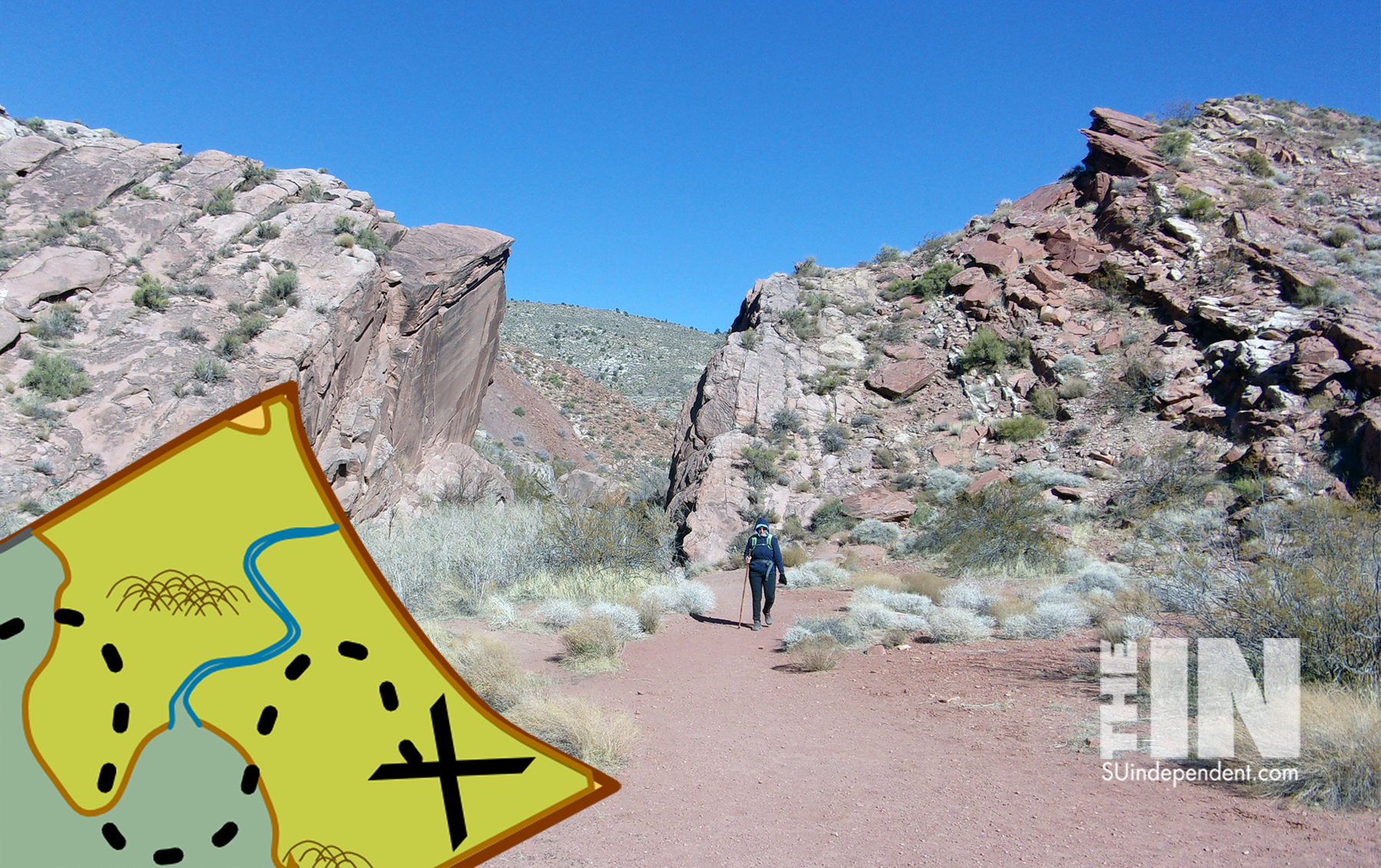
Officials from Arizona’s Coconino County Public Health Services District confirmed that fleas collected in the Red Lake area, approximately five miles northeast of Williams, tested positive for plague (Yersinia pestis). The tests were conducted by the Center for Pathogen and Microbiome Institute at Northern Arizona University. The burrows are being treated, and the area will be closely monitored to determine if further action is required.
This is the first location in the county where fleas have tested positive for plague this year. Because the disease is endemic in Coconino County, there are likely additional locations with infected fleas. Coconino County Public Health Services District Environmental Health staff will continue to collect and test flea samples from locations throughout the county.
The health organization recommended that the public take precautions to reduce the risk of exposure to this serious disease, which can be present in fleas, rodents, and rabbits as well as any predators that feed upon them. The disease can be transmitted to humans and other animals by the bite of an infected flea or by direct contact with an infected animal. To limit possible exposure, the organization advised avoiding rodent burrows and keeping dogs leashed as required by Arizona state law.
An abundance of active prairie dogs doesn’t indicate that disease is present. However, a sudden die-off of prairie dogs and rodents may be an indicator of plague. The Coconino County Public Health Services District requested that anyone who notices a sudden die-off of rodents or rabbits call (928) 679-8750.
Symptoms of plague in humans generally appear within two to six days following exposure and include fever, chills, headache, weakness, muscle pain, and swollen lymph glands in the groin, armpits, or limbs. The disease can spread throughout the bloodstream and affect the lungs but is curable with proper antibiotic therapy if diagnosed and treated early.
Those living, working, camping, or visiting in areas where plague or rodents are known to be present should take the following precautions to reduce the risk of exposure:
—Do not handle sick or dead animals.
—Prevent pets from roaming loose. Pets can pick up the infected fleas of wild animals and then pass fleas on to humans. This is one of the common ways for humans to contract plague. Cats with plague can pass the disease on to humans directly thorough respiratory droplets.
—De-flea pets routinely. Contact a veterinarian for specific recommendations.
—Avoid rodent burrows and fleas.
—Use insect repellents when visiting or working in areas where plague might be active or rodents might be present (campers, hikers, woodcutters, and hunters).
—Wear rubber gloves and other protective gear when cleaning and skinning wild animals.
—Do not camp next to rodent burrows, and avoid sleeping directly on the ground.
—Be aware that cats are highly susceptible to this disease, and while they can get sick from a variety of illnesses, a sick cat (especially one allowed to run at large outside) should receive care from a veterinarian for proper diagnosis and treatment to reduce human exposure to plague.
—In case of illness, seek medical attention immediately as treatment with antibiotics is very effective.
More information is available at cdc.gov/plague.
Articles related to “Plague-bearing fleas found in northern Arizona”
Search for missing person with nondescript features continues



